
Thermaltake MaxOrb
CPU Socket Support: AMD AM2 / 940 / 939 / 754, Intel LGA775Weight (with fan): 465g
Size: 143mm x 144mm x 95.2mm
UK Price (as reviewed): £28.20 (inc. VAT)
US Price (as reviewed): $44.64 (ex. Tax)
The MaxOrb is the largest member of the new Orb range, which now also has the RubyOrb (for AM2), BlueOrb FX, BlueOrb Mini and DuOrb for graphics. The old Golden, Chome, Blue and Dragon Orbs were notoriously noisy with their little 60mm fans whizzing away (two, stacked for the dragon) and the Blues typically had concave surfaces which required lapping.
Thankfully the brand's relaunch has changed the old inadequacies and swapped them out for larger fans, heatpipes and lapped CPU contact areas.
Box Contents
The packaging of the MaxOrb is just like the V1 in colour and style, as well as being just as securely protected. In the box you get the necessary hold down equipment for LGA775 and AMD sockets, the latter of which requires more time for installation than the V1 because it needs its own particular hold down, meaning you'll need to remove the current one. There's also an installation manual, a Thermaltake Key 3 case badge and an information leaflet.The packaging of the MaxOrb is just like the V1 in colour and style, as well as being just as securely protected. In the box you get the necessary hold down equipment for LGA775 and AMD sockets, the latter of which requires more installation than the V1 because it needs its own particular hold down. There's also a manual for install and a Thermaltake Key 3 case badge and information leaflet.
The bottom is lapped to the same degree as the V1: it's very smooth and flat, however Thermaltake still includes the same plastic covering with no warning that it needs to be removed before installation for the less experienced amongst us.
Thermaltake's heatpipe array looks fantastic from the back as they protrude up from the base into the actual fins with a mirror finishing style. Unfortunately this doesn't make for the best possible cooling scenario though, where the central heatpipes over the CPU core go to the inner most fin array which invariably gets the least airflow closest to the fan centre.
In addition, the fin arrays are completely independently layered according to heatpipe: the fins do not go from centre to extremity, so the central fins cannot duct the heat to the outer edges. At the same time, the two outermost heatpipes get the most air and surface area, but are routed furthest from the CPU core. The base will still spread the heat between the heatpipes and the many fins are packed very closely to maximise the surface area.
The fan is also blue underlit giving some bling for your system, and again there's no option to turn it on or off. We aren't specifically for or against lit fans, we just like the option to have something to turn on and off to suit more people. Surprisingly for Thermaltake, the branding is very subtle and kept to just the fan centre and fin sides.
Thermaltake's design integration of the fan rheostat onto the actual heatsink is extremely well done: not only is it easy to get to, but it fits in with the look and feel of the whole heatsink being aluminium as well, rather than just silver coloured plastic. It still retains the option to unplug it and wire it to a separate fan controller, just like the V1.

MSI MPG Velox 100R Chassis Review
October 14 2021 | 15:04

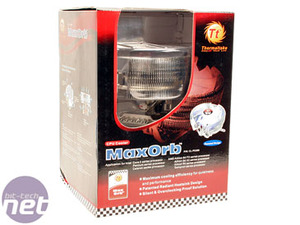
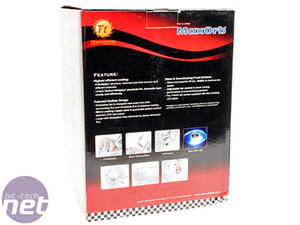
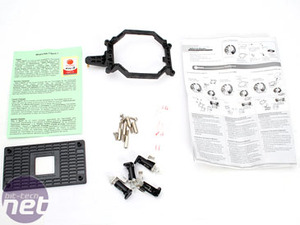

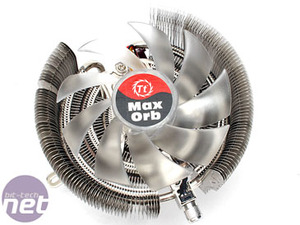
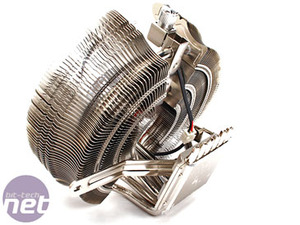







Want to comment? Please log in.